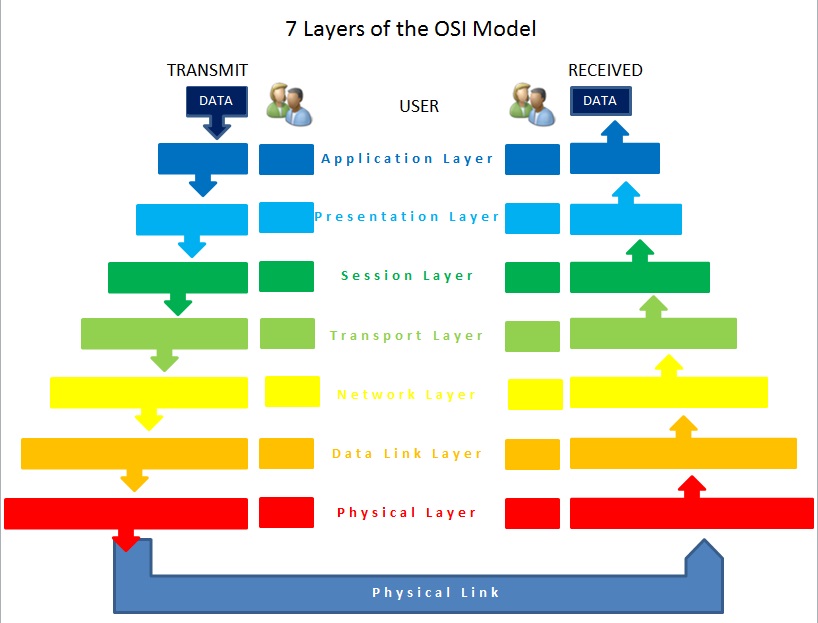In the previous post we covered the basics of PPP and where it is used. Now we zoom in to little more details. The two vital parts of PPP are
1. Link Control Protocol [LCP]
2. Network Control Protocol [NCP]
Take a closer look at the phase diagram of PPP.
The purpose of PPP is to establish a Link between the nodes. So the phases of PPP’s working will be around the phases the link goes through. In previous post we saw that the PPP is preferred because of its authentication mechanism. Its the LCP that takes care of this behavior. The major functions of a LCP are:
- Checks the identity of the link resource and either accept or reject it
- Decide the packet size used for transmission
- Find configuration errors
- Terminate the link if necessary parameters are not present
Unless LCP gives a green signal, data transmission is not possible and for LCP to work we need a valid PPP connection. The connection is done with the help of the PADI, PADO, PADR and PADS packets exchange.
Other main requirement of PPP is that it has to seamlessly integrate with the layers above and below it in the OSI model.

Immediately above the Data-Link layer is the Network Layer. Now PPP has to have a mechanism by which it can integrate with the network layer. This is where NCP comes into picture. It is used to negotiate with the network layer using Internet Protocol Control Protocol [IPCP]. As the name indicates, it is used to negotiate IP address with the PPP.
So when you try to establish a PPP connection, it goes this way:
This is all about the phases involved in setting up the connection with PPP. Going further we can see about the authentication mechanisms involved and how PPP is configured.










